McCloskey Castle
Abortion, prohibition, religion, war, and fear all play a part in the history of this idiosyncratic Pacifica castle.
Following the “Great Earthquake” that rocked San Francisco in 1906 that saw hundreds dead and countless more homeless, the McCloskey Castle was built as a reactionary defense against any further natural disaster, but its idiosyncratic design is just one of the strange things buried in the castle’s past.
San Francisco attorney Henry McCloskey commissioned construction of the eccentric building just a year after the devastating earthquake hit the city, eventually forcing his family to move in to the castle before it was even completed, assumedly due to his ever-present fear of disaster. The strange medieval European style of the castle was established in its very first incarnation.
By 1916, the McCloskeys had vacated the castle and ownership was turned over to a doctor who neither lived nor worked in the building. As eventually came to light, the doctor had been using the castle as an underground abortion clinic, and he was sentenced to years in prison . The doctor’s son then took over the space, taking a page from his father’s notebook, and he too was soon arrested for once again operating an illegal abortion operation.
After that scandal, the building was taken over by a restaurant called Chateau LaFayette, although this seemingly upstanding operation held secrets of its own in the form of a speak-easy operating under U.S. prohibition. Like the barbarians of old, federal agents frequently raided the castle.
Once the speak-easy was forced out of the space it ended up in the strictly religious hands of Clarence and Annie Eakin. The couple used the space for war effort fund-raising and eventually leased the property to the Coast Guard who briefly turned it into a communications post.
It was not until 1959 that the final owner, interior decorator Sam Mazza, purchased the castle, which had fallen into disrepair through its many lives. Mazza restored the residence to its original glory and filled the space with artwork and artifacts from all over the Bay Area. While Mazza never moved in, he used the space to hold lavish galas and fundraising events.
While Mazza passed away in 2002, his foundation now maintains the space with the same devotion that he brought to it. Long since removed from its defensive origins, it is now the tenants who are setting out to protect the castle instead of vice versa.






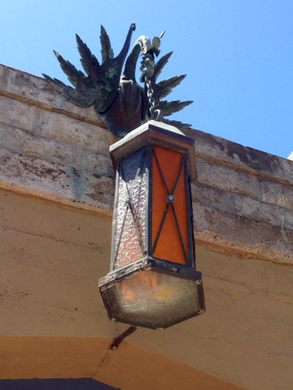



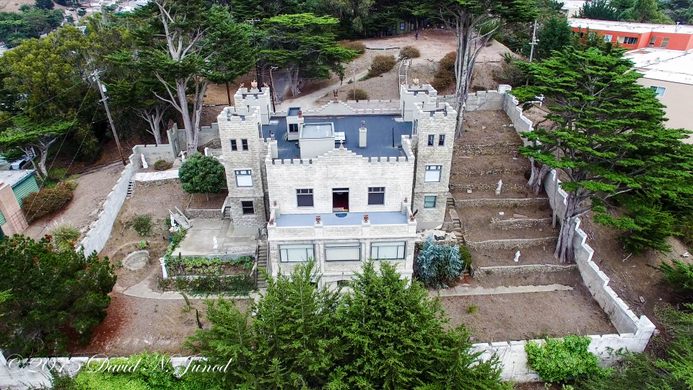
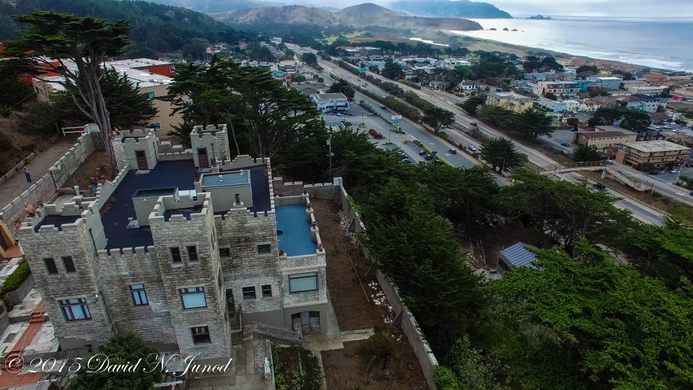
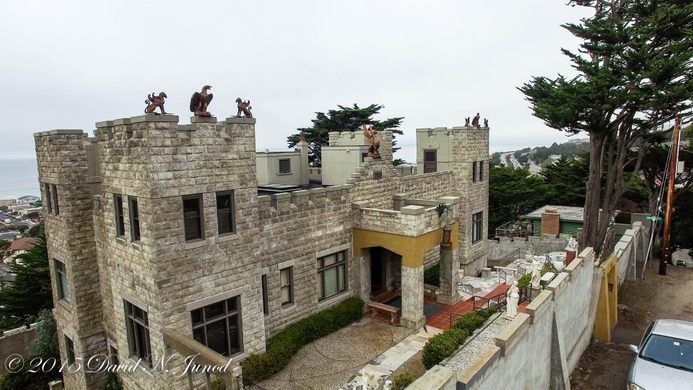

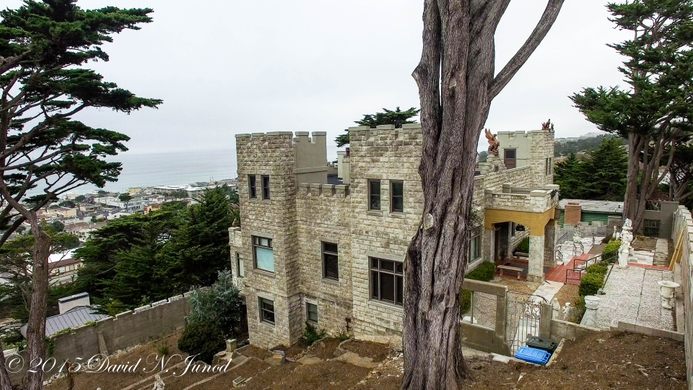












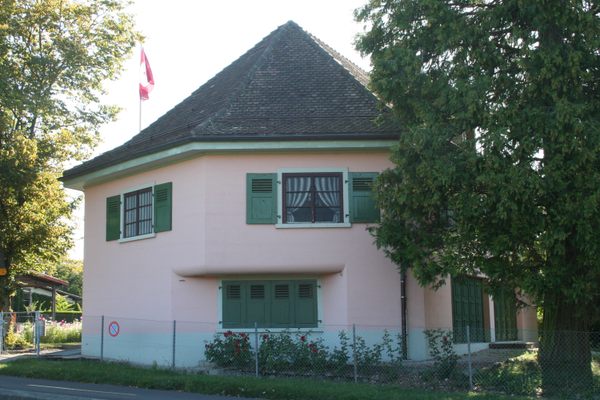


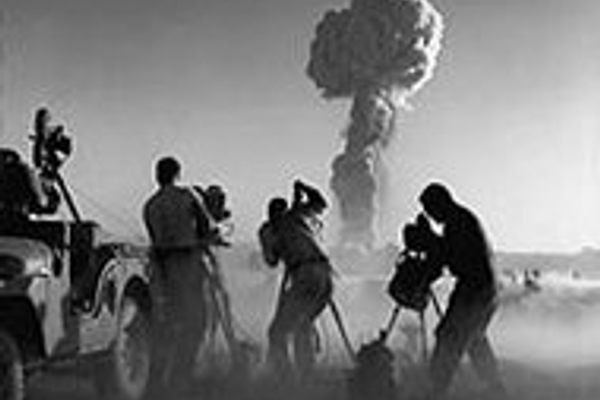

Follow us on Twitter to get the latest on the world's hidden wonders.
Like us on Facebook to get the latest on the world's hidden wonders.
Follow us on Twitter Like us on Facebook